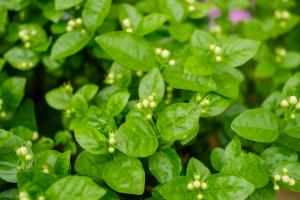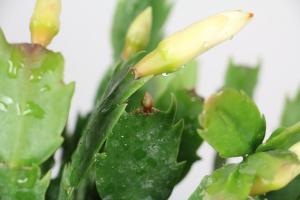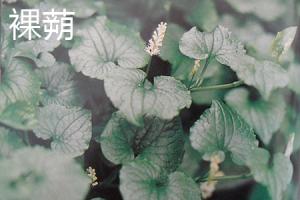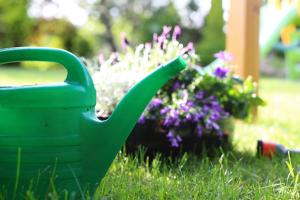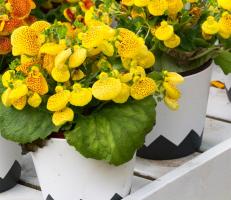What Happens if You Plant Leyland Cypress Trees Close Together?
Leyland cypress trees are fast-growing evergreens that are often used for hedges, windbreaks, privacy screens, and border plantings. However, it is important to give these trees enough space to grow and mature, or else several problems may arise.
1. Competition for Resources
If Leyland cypress trees are planted too close together, they will compete with each other for resources such as water, nutrients, and sunlight. As a result, their growth may be stunted or uneven, and their foliage may become sparse or discolored.
2. Disease Spread
Leyland cypress trees are susceptible to several diseases, including fungal cankers, root rot, and needle blight. If these trees are planted too close together, the diseases can easily spread from one tree to another, causing widespread damage and even death.
3. Pest Infestations
Leyland cypress trees are also prone to pest infestations, particularly by spider mites and bagworms. If these trees are planted too close together, the pests can easily move from one tree to another, causing extensive damage to the foliage and branches.
4. Structural Weakness
Leyland cypress trees have a shallow root system and a narrow, columnar shape that makes them susceptible to wind damage. If these trees are planted too close together, their roots may become intertwined, resulting in weak and unstable trees that are more likely to snap or uproot during storms.
5. Aesthetically Unappealing
Finally, if Leyland cypress trees are planted too close together, they may create an overcrowded and messy appearance that can detract from the overall aesthetics of the landscape. Overcrowded trees may also block out sunlight and create shade, which can negatively impact the growth of other plants in the area.
How Much Space Should You Give Leyland Cypress Trees?
To avoid these problems, it is important to give Leyland cypress trees enough space to grow and mature. As a general rule, you should space these trees at least 6 feet apart for a hedge, 10-15 feet apart for a windbreak or screen, and 20-30 feet apart for border plantings or specimen trees.
In addition, you should choose a location for your Leyland cypress trees that receives plenty of sunlight, has well-drained soil, and is protected from strong winds. Regular watering and fertilization can also help keep these trees healthy and vibrant.
The Bottom Line
Planting Leyland cypress trees too close together can lead to a wide range of problems, including competition for resources, disease spread, pest infestations, structural weakness, and an aesthetically unappealing appearance. To avoid these issues, be sure to give your trees enough space to grow and thrive, and choose your planting location carefully.

 how many times do yo...
how many times do yo... how many planted tre...
how many planted tre... how many pine trees ...
how many pine trees ... how many pecan trees...
how many pecan trees... how many plants comp...
how many plants comp... how many plants can ...
how many plants can ... how many plants and ...
how many plants and ... how many pepper plan...
how many pepper plan...
